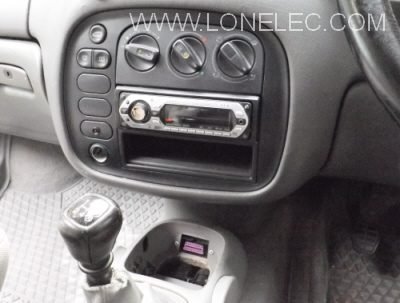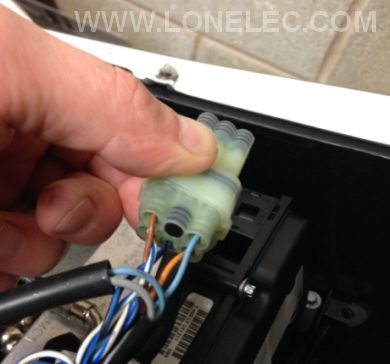Finding Your ECU Diagnostic Connector
Diagnostic Connector on a Car
For cars before 2001 the ECU connector can either be inside the cabin or under the bonnet (hood). For the vast majority of cars 2001 onwards you will find the diagnostic socket in the interior. It will normally be within arm’s length from the driving seat and be a 16 pin D shaped female commonly referred to as an OBD2 socket. Common locations include –
Under the dashboard (left, right or centre)
The best way to view is to be squatting outside the vehicle or leaning over from the passenger side. The connector may be exposed or behind a plastic cover. May also be accessible by removing a fusebox cover.
In the centre console
This will either be behind a blanking plate as on many Vauxhall/Opels or another removable item such as an ashtray. This is common on Volkswagen Audi cars. In some cases it may be further down the console between the gear lever and the handbrake.

Sides of the dashboard
Will be either side of the steering wheel behind a blanking plate
Diagnostic Connector on a Bike
On Motorbikes the diagnostic connector will not only vary greatly in location but also the type of connector. Usually look close to the area near the ECU. Under the driver seat, pillion seat or stowage area. The connector will typically be loose on the end of a cable as opposed to screwed into a fascia. The connector can be a 16 pin OBD2 type (as on Triumph bikes), 10 pin round socket (as on BMW bikes), 6 pin (as on KTM bikes), 4 pin or a 3 pin type (as on many Italian and Japanese bikes). This is not written in stone so can vary. It will usually have a protective cover over it if it hasn’t been discarded by previous hands.

